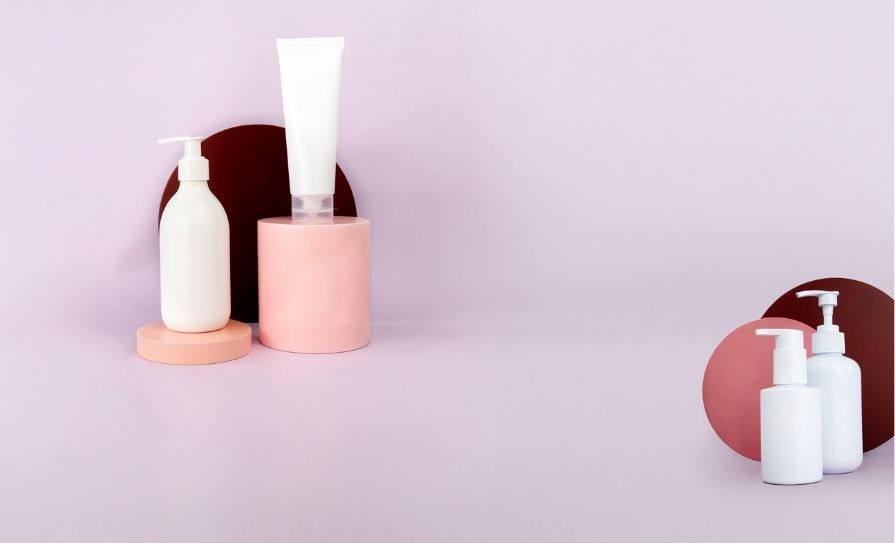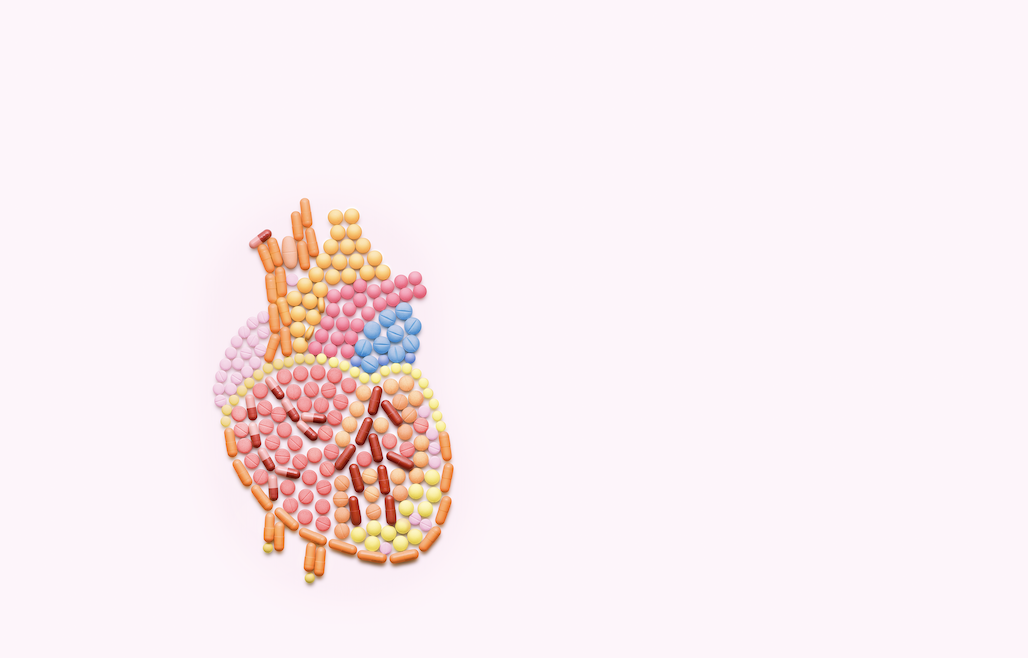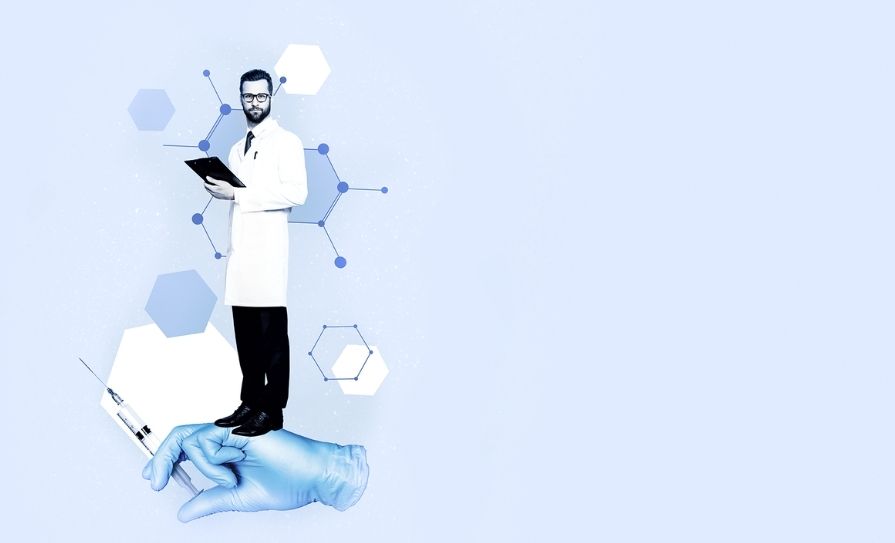Pharmacists play a vital role in treating a number of conditions in the community, writes Damien O’Brien MPSI
Introduction
The skin is the largest organ in the body and covers the entire external surface. It serves as the first line of defence against external threats such as microorganisms, ultraviolet (UV) radiation, chemicals, and physical damage. The skin also regulates body temperature and the amount of water released from the body into the environment. It is susceptible to various inflammatory and infectious conditions, with wound healing and sensory changes also significant concerns.
Maintaining healthy skin is also important for aesthetic purposes, which can impact a patient’s quality of life. Pharmacists have a crucial role in skin care, from advising on good practices to counselling on prescription and over-the-counter medications. This article will explore the important components of skin care from a pharmacist’s perspective, including guidance on good skin care practices, common conditions, pharmacological management, and the pharmacist’s role.
Skin structure and function
Understanding the anatomy and function of the skin is an important aspect of skin care and managing skin conditions. The skin is composed of three main layers: The epidermis, dermis, and hypodermis.1
The epidermis is the outermost layer of the skin, with the stratum corneum being the outermost part of the epidermis. The stratum corneum is important in relation to skin care as it is the primary barrier to transdermal drug delivery. The epidermis contains keratinocytes, which are cells that produce keratin, a protein that gives the skin strength. Melanocytes produce melanin, which helps to protect against UV damage. Langerhans cells are also found in the epidermis and are crucial for the immune defence of the skin.
Merkel cells are involved in sensory perception, particularly in detecting fine touch and pressure stimuli.1
The dermis lies beneath the epidermis. It is a thicker layer containing blood vessels, sensory neurons, sweat glands, sebaceous glands, and hair follicles. The dermis provides structural integrity and elasticity to the skin due to collagen.
The hypodermis, or subcutaneous tissue, is beneath the dermis and consists mainly of fat and connective tissue, offering insulation and anchoring the skin to underlying tissues. The three layers collectively help to maintain hydration, regulate temperature, allow sensory perception, and support immune function.1
Skin care practices
A fundamental understanding of basic skin care is important to ensure good skin health, with many key elements involved. Proper cleansing and moisturising are crucial aspects of skin care. Effective cleansing removes dirt, oils, and pollutants without causing damage to the skin’s natural barrier. Gentle, non-stripping cleansers that are effective for different skin types are recommended.
Regular moisturising is important to maintain skin hydration and repair the skin barrier. Occlusive agents, such as petrolatum, mineral oil, coconut oil, and lanolin, form a physical barrier and reduce water evaporation. Glycerine and hyaluronic acid are humectants that attract water to the skin and increase the water content.2,3
Various lifestyle modifications can help improve skin health. Smoking negatively impacts skin health by reducing circulation and slowing oxygen delivery to skin tissues, contributing to ageing and delayed wound healing. Smoking cessation enhances blood flow and improves the skin’s ability to repair and regenerate.
Chronic stress can trigger dermatological conditions, therefore, stress-reducing techniques can improve skin health. A balanced diet rich in vitamins and minerals is crucial. Deficiencies in essential nutrients can lead to skin problems, so maintaining appropriate intake of these nutrients through diet or supplementation is necessary. Finally, ensuring adequate hydration helps to maintain skin moisture and function.4
Prolonged exposure to UV rays, both UVA and UVB, can lead to long- term damage such as premature
skin ageing, hyperpigmentation, and an increased risk of skin cancers. Protecting the skin from UV radiation is one of the most important aspects of preventing skin damage and maintaining skin health. Proper sunscreen application, including applying generously and reapplying regularly, is important to ensure optimal effectiveness. Additional preventive measures include staying in the shade, wearing protective clothing, and UV-blocking sunglasses.5
Common skin conditions and their management
Skin conditions are a common presentation in the community. Acne vulgaris, psoriasis, and atopic dermatitis (eczema) are among the most prevalent skin conditions. Each condition has its own clinical presentation and requires a tailored management approach that combines pharmacological and non- pharmacological strategies.
Acne vulgaris
Acne vulgaris is a chronic inflammatory disorder that affects the pilosebaceous unit. It typically follows a prolonged course and is characterised by papules, pustules, nodules, or cysts primarily on the face, although they can also be present on the upper arms, trunk, and back. Severity can range from mild
cases to severe cystic lesions that can result in long-term scarring. It can present with both inflammatory and non- inflammatory lesions.
Acne develops due to hypersensitivity of the sebaceous glands to normal levels of circulating androgens, which can be exacerbated by a bacterial species called Cutibacterium acnes. Acne primarily
Acne treatment should be tailored to each individual, considering the severity
affects adolescents, although it can persist into adulthood. Non- pharmacological management includes using mild cleansers, avoiding picking lesions to reduce scarring, and educating patients that improvements may take several weeks.6
Acne treatment should be tailored to each individual, considering the severity. The primary treatment approach for mild acne is topical therapy, including benzoyl peroxide, retinoids, and antibiotics. Benzoyl peroxide possesses both antimicrobial and keratolytic properties and is typically applied once daily. Topical retinoids, such as adapalene and tretinoin, normalise follicular keratinisation and loosen the cohesiveness of keratinocytes. They are usually applied once daily at night, due to their photolability. Topical antibiotics, such as clindamycin and erythromycin, work by targeting bacteria that contribute to acne and reduce inflammation. Hypersensitivity reactions and skin irritation are possible adverse effects with all topical treatments.6
Systemic therapies are often used for moderate-to-severe acne and include oral antibiotics, oral isotretinoin, and hormonal therapies. Systemic treatment may be combined with topical therapy in certain cases. Oral antibiotics effectively inhibit Cutibacterium acnes and therefore reduce acne symptoms. Tetracyclines have anti-inflammatory properties and are the preferred oral antibiotics. Macrolides, cephalosporins, penicillin, and trimethoprim-sulfamethoxazole may be considered alternatives.
The duration of treatment should be limited to the shortest period possible to reduce the development of antibiotic resistance, ideally three-to-four months.
Oral isotretinoin is reserved for severe cases and works by counteracting pathogenic factors that lead to disease. Patients taking oral isotretinoin require close monitoring due to teratogenicity and potential psychiatric adverse effects. Dry skin, myalgia, and hyperlipidaemia are other potential adverse effects. Oral hormonal therapies, including the combined oral contraceptive pill, are an effective treatment option
for female patients. They reduce the action of androgens on pilosebaceous units, decreasing sebum production and alleviating acne symptoms.6
Eczema (atopic dermatitis)
Eczema, also known as atopic dermatitis, is a chronic inflammatory condition that is characterised by dry, itchy, and inflamed skin. Lesions may affect the face, neck, and flexural areas (elbows and knees) and scratching may lead to lichenification and secondary infections. The exact aetiology of eczema is not fully understood, but genetic and environmental factors, such as detergents, allergens, and changes in temperature, are thought to play a role. Eczema is common in children but can be observed in adults too. Patients with eczema are at a higher risk of developing asthma and allergic rhinitis.7
The goal of eczema treatment is to manage flare-ups, control symptoms, and restore the skin barrier. Patients
Patients with eczema are at a higher risk of developing asthma and allergic rhinitis
should identify and avoid any environmental triggers if possible. Daily use of emollients is vital to maintain skin hydration and restore the skin’s protective barrier. Eczema flares may be treated with topical anti-inflammatory products.
Topical corticosteroids are the first-line treatment for eczema flare-ups, ranging from low-potency corticosteroids (hydrocortisone) for sensitive areas, to high-potency corticosteroids (clobetasol) for more severe cases. Patients should be counselled on the correct use of corticosteroids to reduce adverse effects such as skin thinning.
Topical calcineurin inhibitors, such as tacrolimus, may be used for particularly sensitive areas, such as the face. Oral antihistamines can be used to relieve itch, particularly at night if sleep is disturbed. Topical or systemic antibiotics may be required for secondary bacterial infections.7
Psoriasis
Psoriasis is a chronic proliferative and inflammatory skin condition. It is an autoimmune condition that leads to rapid turnover of skin cells, characterised by erythematous plaques covered with silver scales. Psoriasis particularly affects the extensor surfaces, scalp, and lumbosacral region.
There are many types of psoriasis, with plaque psoriasis the most common. Plaque psoriasis is characterised by well-demarcated, erythematous plaques covered in silvery scales. Other forms of psoriasis include guttate, pustular, and erythrodermic psoriasis. There is a significant psychosocial element associated with this condition, with many patients developing depression due to the poor quality of life.
Psoriasis can also affect the joints and eyes; psoriatic arthritis is a form of chronic inflammatory arthritis affecting 30 per cent of patients with psoriasis and causes pain and inflammation of the joints. Genetic and environmental triggers – including stress, infections, smoking, alcohol, and medications – contribute to its pathophysiology. Similarly to eczema, regular moisturising to reduce itch and scaling, while avoiding known triggers, is recommended.8
There is no cure for psoriasis, with the main objectives of treatment being to reduce inflammation and slow skin cell turnover. Topical therapy is used in the treatment of mild-to-moderate psoriasis, with corticosteroids, vitamin D analogues (ie, calcipotriol), coal tar, dithranol, and salicylic acid all common options.
Corticosteroids may be used first- line to reduce inflammation, while calcipotriol may be added to help normalise keratinocyte proliferation. Coal tar, salicylic acid, and dithranol may be used in cases of thick plaques to reduce scale.
Systemic therapy may be considered in moderate to severe psoriasis or cases unresponsive to topical therapy. Methotrexate is a commonly used systemic drug due to its immunosuppressive and anti- inflammatory effects. Ciclosporin and acitretin are also used in certain cases. Routine blood tests, liver function tests, and renal function tests should be regularly performed in patients on systemic therapy.
Biologic therapies – including adalimumab, ustekinumab, and secukinumab – are reserved for severe or refractory cases. Biologics target specific inflammatory pathways and are effective in treating severe disease. Patients should be screened for tuberculosis and hepatitis prior to initiating biologic therapy, as there is a serious risk of infections in these patients.
Phototherapy, including psoralen with exposure to ultraviolet light (PUVA) and narrowband UVB light (NBUVB), may be a treatment option for widespread psoriasis.8
Stretch marks (striae)
Stretch marks, or striae, are indented streaks that often occur due to rapid skin stretching, commonly seen in pregnancy, puberty, rapid weight gain or loss, and long-term corticosteroid use. The pathophysiology involves disruption of collagen and elastin fibres, leading to skin atrophy and tearing. They tend to appear as red/ purple lines, which are vascular, and then fade to white lines as they mature, commonly appearing on the abdomen, thighs, breasts, hips, and buttocks.
Stretch marks do not usually pose a medical risk, but they may cause cosmetic concern and psychological distress, with various treatment options potentially reducing their appearance.
Topical retinoids, such as tretinoin, help to stimulate collagen production and improve skin texture, improving the appearance of stretch marks. However, they are contraindicated in pregnancy. Silicone-based gels are more commonly used for scars but may also help improve the appearance of stretch marks.
Hyaluronic acid-based creams improve hydration of the skin and may reduce the severity of stretch marks in the early stages. Some preventive measures against stretch marks include maintaining a stable weight, using emollients during pregnancy, and avoiding excessive corticosteroid use.9
Scarring
Scars form as a natural part of the healing process after skin trauma, injury, burn, or surgery. There are various types of scars, including:
- Hypertrophic scars: Raised scars formed within the boundary of the wound, due to the overproduction of collagen.
- Atrophic scars: Sunken scars, such as acne or chickenpox scars, caused by tissue loss.
- Keloid scars: Raised scars that extend beyond the wound boundary and are more common in individuals with darker skin types.
Scars may cause distress in patients due to their perceived aesthetic unpleasantness, and they may also cause symptoms of pain, tightness, and pruritus. Silicone gel is the gold standard for managing hypertrophic and keloid scars. When applied daily for several months, silicone gels help to flatten and fade scars.
Topical corticosteroids may be used in the early stages of raised scars to reduce inflammation. Procedural interventions – such as corticosteroid injections, surgery and laser therapy – can reduce inflammation, improve texture and pigmentation, and decrease pain.10,11
Role of the pharmacist
Skin care is a crucial aspect of overall health, and community pharmacists play an integral role in managing and promoting skin health. Pharmacists can educate patients on skin care routines and the importance of sun protection. They can recommend over-the-counter products such as moisturisers, cleansers and sunscreen, ensuring the product is suitable for the patient’s skin type and condition.
Pharmacists are also involved in medication management for patients prescribed dermatological medications, including counselling patients, ensuring adherence to prescribed treatment regimens, and monitoring for adverse effects. Finally, pharmacists can also participate in public health campaigns to raise awareness about the importance of skin care.
References
1. Yousef H, Alhajj M, and Sharma S. (2024). Anatomy, Skin (Integument), Epidermis. [online] PubMed.
2. Draelos ZD. (2017). The science behind skin care: Cleansers. Journal of Cosmetic Dermatology.
3. Harwood A, Nassereddin A, and Krishnamurthy K. (2024). Moisturisers. [online] PubMed.
4. National Institute on Aging (2017). Skin care and aging. [online] National Institute
on Aging.
5. Sambandan DR and Ratner D. (2011). Sunscreens: An overview and update. Journal of the American Academy of Dermatology.
6. Sutaria AH and Schlessinger J. (2023). Acne vulgaris. [online] National Library of Medicine.
7. Nemeth V and Evans J. (2022). Eczema. [online] PubMed.
8. Nair PA and Badri T. (2023). Psoriasis. [online] PubMed.
9. Oakley AM and Patel BC. (2021). Stretch marks. [online] PubMed.
10. Tran B, Wu JJ, Ratner D, and Han G. (2020). Topical scar treatment products for wounds. Dermatologic surgery. 11. Khansa I, Harrison B, and Janis JE. (2016). Evidence-based scar management. Plastic and reconstructive surgery.







